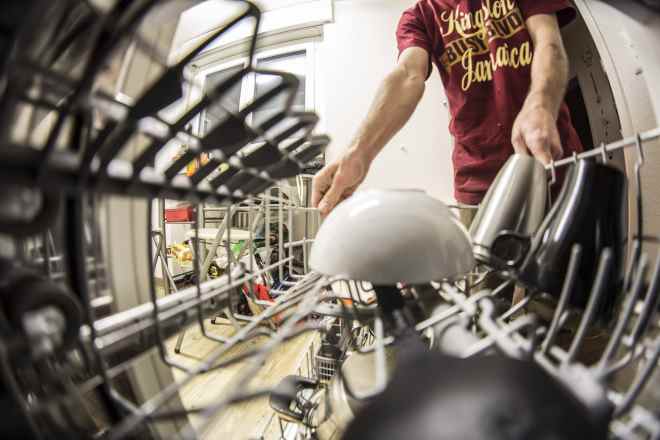Decoding the Intricacies of Advanced Tire Technology
Introduction: The humble tire, often overlooked in automotive discussions, has come a long way. From its early days of solid rubber to the sophisticated versions we see today, tire technology has experienced a revolutionary transformation. This article delves into the intricacies of advanced tire technology, its evolution, and its profound impact on the automotive industry.

Chapter 1: The Evolution of Tire Technology
Tires have been an integral part of vehicles since their invention. In the early 19th century, they were made of solid rubber and were harsh on both the vehicle and the passengers. Over time, advancements in technology and the understanding of materials led to the development of pneumatic tires – a leap that significantly improved comfort and performance. The 20th century saw further advancements in tire technology, with the introduction of radial tires and tubeless tires, significantly changing the driving experience.
Chapter 2: Modern Tire Technology - A Game Changer
In recent years, tire technology has seen significant advancements. One such development is the run-flat tire that enables a vehicle to continue driving even after a puncture, providing enough time for the driver to reach a service center. Other innovations include self-sealing tires that use an extra inner layer to plug any holes caused by punctures automatically, and airless tires, which eliminate the need for air pressure altogether. These advancements have not only improved safety but also enhanced fuel efficiency and performance.
Chapter 3: The Impact of Advanced Tire Technology
The impact of advanced tire technology on the automotive industry is profound. Improved tire designs have led to better fuel efficiency, helping manufacturers meet stringent emission regulations. Enhanced performance in terms of grip and handling has revolutionized the racing industry, while increased safety features have significantly reduced road accidents.
Chapter 4: Challenges and Future Prospects
Despite numerous advancements, tire technology faces several challenges. For instance, the development and mass production of airless tires are hampered by high costs and the need for specific materials. Similarly, the disposal of used tires poses an environmental challenge. However, the future holds promise, with research being conducted on smart tires equipped with sensors to monitor pressure, wear, and temperature, further improving safety and performance.
Chapter 5: Conclusion
Though often overlooked, tire technology plays a crucial role in the automotive industry. Its evolution has been marked by significant advancements that have improved safety, performance, and fuel efficiency. Despite challenges, the future of tire technology holds immense potential, promising even more revolutionary changes in the automotive landscape.
From being just a medium of contact between the vehicle and the road, tires have evolved into sophisticated components, significantly contributing to the overall performance and safety of vehicles. As automotive technology continues to advance, tire technology is expected to keep pace, offering even more exciting possibilities.




